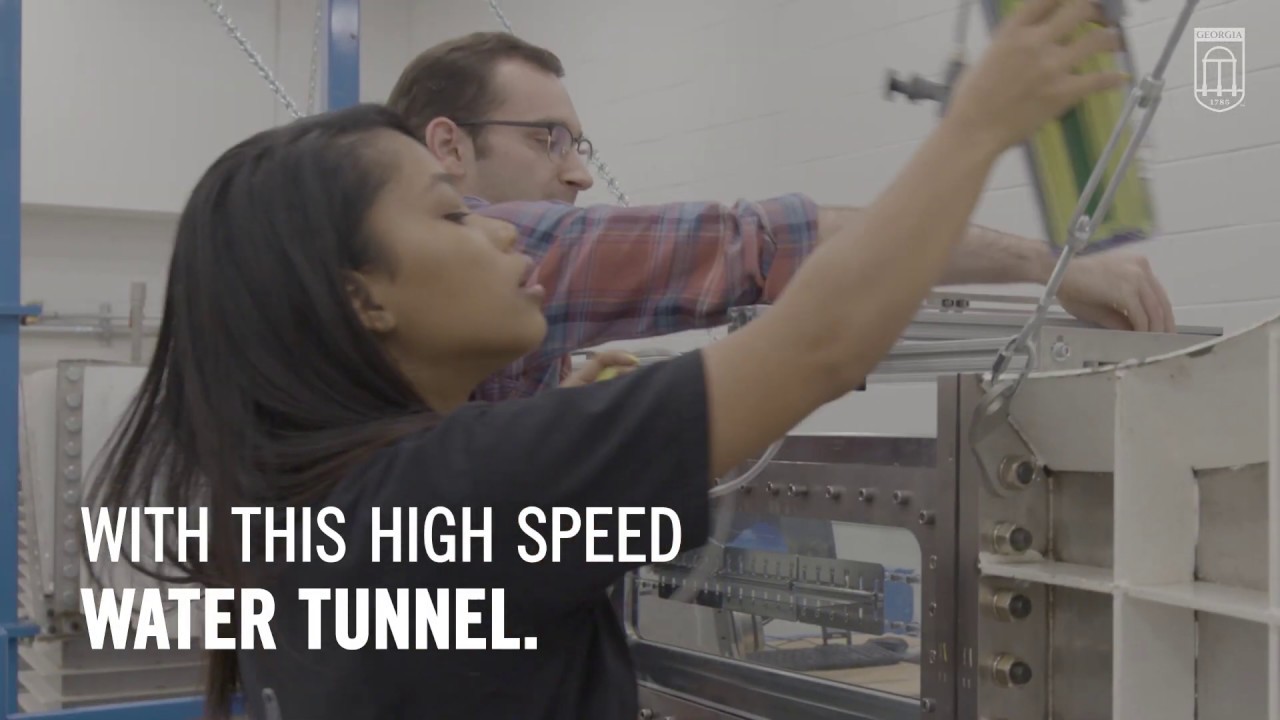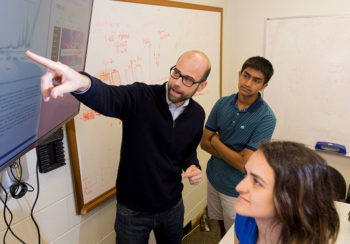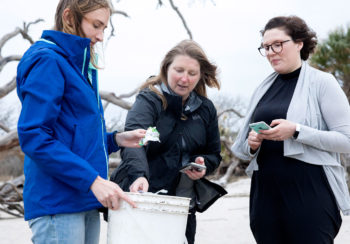Five deaths. Almost 100 hospitalizations. And more than 200 people infected.
Spanning over three months and stretching across 36 states, the 2018 outbreak of E. coli was the largest of its kind in more than a decade.
Tainted lettuce was eventually blamed for the outbreak. But it was really an issue of tainted water.
The bacteria had somehow made its way into the canal that irrigated the soon-to-be-sold romaine lettuce.
University of Georgia’s Erin Lipp is tracking what’s becoming a growing problem of dangerous levels of pathogens finding their way into water sources. Quickly determining which bodies of water are contaminated and what products are tainted can mean the difference between a handful of people becoming ill and hundreds.
“We’ve been seeing an increase in outbreaks of bacteria like E. coli and salmonella in fresh produce over the last several years,” says Lipp, a professor of environmental health science in UGA’s College of Public Health. “We tend to think of these pathogens as causing foodborne disease, but in many cases it is ultimately the water that is the real source. And access to clean water and being able to properly clean our water is one of the most fundamental aspects to having a healthy population.”
“We tend to think of these pathogens as causing foodborne disease, but in many cases it is ultimately the water that is the real source. Access to clean water … is one of the most fundamental aspects to having a healthy population.”
– Erin Lipp, Professor, Environmental Health Sciences, College of Public Health
Waterborne exposure to disease-causing bacteria isn’t a new phenomenon, but as sea temperatures rise and extreme weather events become less predictable, it is becoming more frequent.
“We see big changes in water quality when we have these very high-intensity precipitation events,” Lipp says. “We’ll get massive runoff of contaminants—very high levels of salmonella and E. coli, for example—that will go from numbers that are relatively reasonable up by 100-fold in a relatively short period of time.”
The life-threatening bacteria vibrio—which has several strains that can cause severe gastrointestinal issues, loss of limbs, or even death—is one that’s making the most of the warmer temperatures. The most notable species of vibrio causes cholera; another causes necrotizing fasciitis (commonly referred to as “flesh-eating bacteria”).
“Vibrio probably has the most direct link to climate change that we’ve been able to confirm,” says Lipp. “These organisms simply divide quickly at warm temperatures, and the warmer the water is, the faster they divide. They can go from not being a particularly high level to what would be an infectious dose in a very small amount of time.”
The bacteria’s range is also spreading, both in terms of latitude and seasons. There’ve been outbreaks in New England and as far north as Alaska, something that was previously unheard of. And instead of being confined mainly to the summer, outbreaks are expanding into late spring and early fall while the waters are still warm.
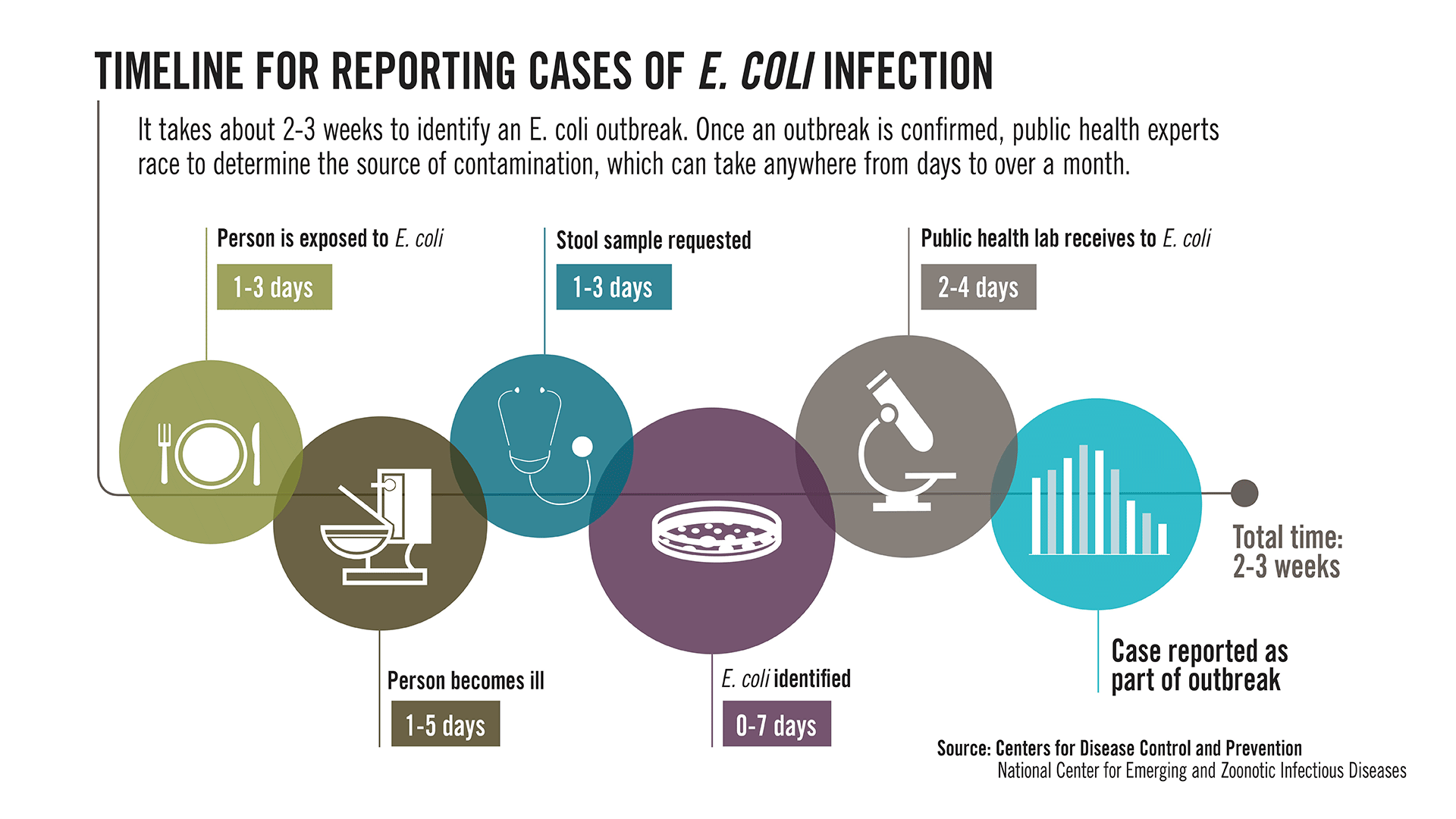
But vibrio isn’t the only bacterium that thrives in the heat. Salmonella also peaks during the warmest part of the year.
“The take-home message is that we are entering a riskier time,” says Lipp, who participated in the U.S. National Assessment on Climate Change and Health in 2009. “It may not always translate into more people getting sick, but the risk of contracting something is increasing.”
Addressing the proliferation of bacteria is a complicated task, mainly because at least some bacteria is spread by wildlife.
“When the source is from humans and it’s a septic tank or wastewater treatment plant that is contaminating the water, we know what we can do: We start addressing infrastructure issues,” Lipp says. “When contamination is coming from wildlife, it gets more difficult to address because you can’t stop these animals from being in a certain location.”
That’s where research like Lipp’s really comes in handy. By tracking bacteria in water supplies and pinpointing animals that may be carriers, public health officials can minimize the public’s risk of exposure.
“The increased risk is scary, but we have an immense ability to deal with these problems, especially when we’re dealing with water infrastructure,” Lipp says. “We know what we need to do; it’s just a matter of getting it done.”
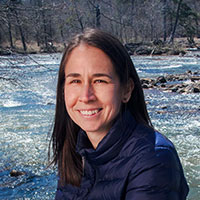
About the Researcher
Erin Lipp
Professor
Environmental Health Sciences
College of Public Health



